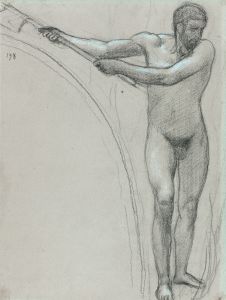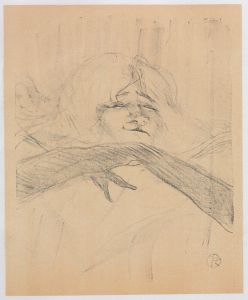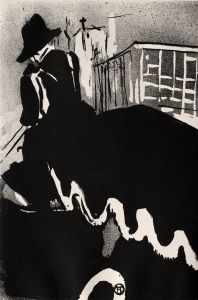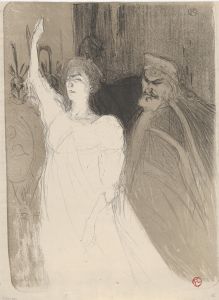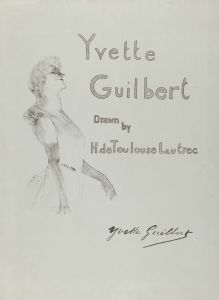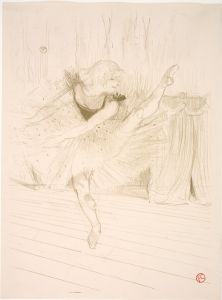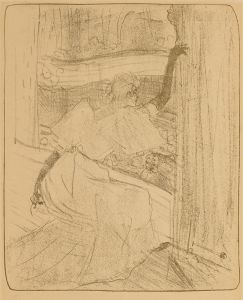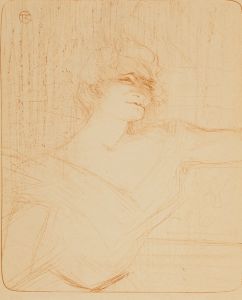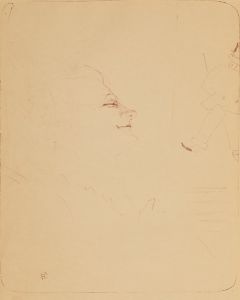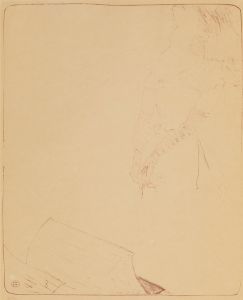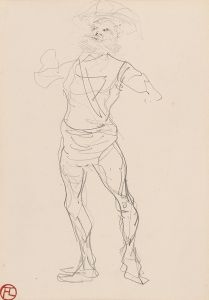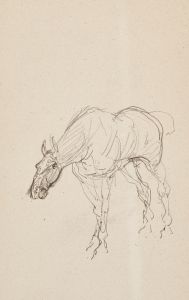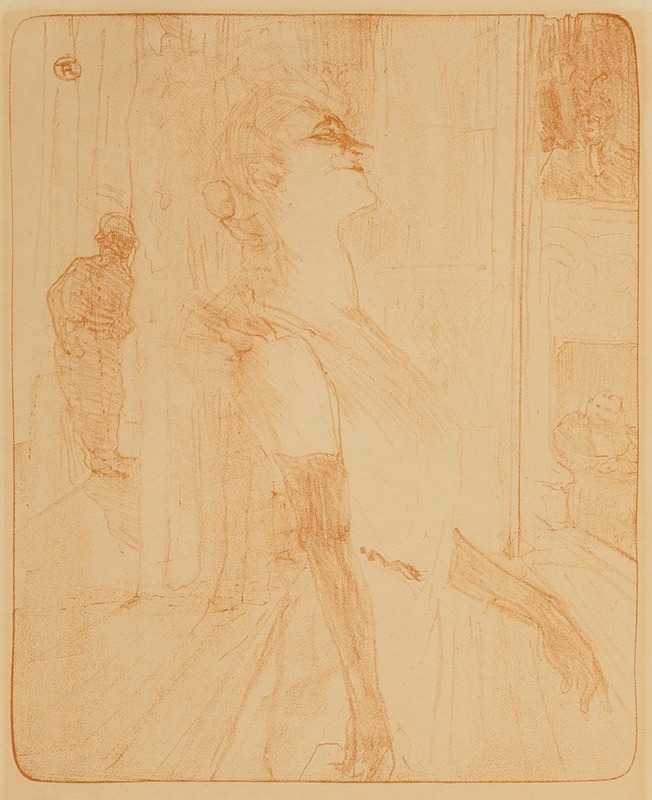
Yvette Guilbert pl 3
A hand-painted replica of Henri de Toulouse-Lautrec’s masterpiece Yvette Guilbert pl 3, meticulously crafted by professional artists to capture the true essence of the original. Each piece is created with museum-quality canvas and rare mineral pigments, carefully painted by experienced artists with delicate brushstrokes and rich, layered colors to perfectly recreate the texture of the original artwork. Unlike machine-printed reproductions, this hand-painted version brings the painting to life, infused with the artist’s emotions and skill in every stroke. Whether for personal collection or home decoration, it instantly elevates the artistic atmosphere of any space.
Henri de Toulouse-Lautrec, a prominent French painter and illustrator, is renowned for his depictions of Parisian nightlife in the late 19th century. Among his many subjects was Yvette Guilbert, a celebrated singer and actress of the era. One of his works, "Yvette Guilbert pl 3," is part of a series of lithographs that capture the essence of Guilbert's stage presence and unique persona.
Yvette Guilbert was born on January 20, 1865, in Paris, France. She rose to fame in the 1890s as a cabaret singer, known for her long gloves and distinctive style of performance, which combined singing with monologue. Guilbert's performances were characterized by their wit and often risqué content, making her a favorite in the Montmartre district of Paris, particularly at venues like the Moulin Rouge and the Divan Japonais.
Toulouse-Lautrec, who was a frequent visitor to these venues, became captivated by Guilbert's talent and charisma. His fascination with the Parisian entertainment scene led him to create numerous works featuring its stars, including Guilbert. The lithograph "Yvette Guilbert pl 3" is part of a series that Toulouse-Lautrec produced, capturing the singer in various poses and expressions that highlight her theatrical flair.
The lithograph series is notable for its use of bold lines and minimal color, a style that Toulouse-Lautrec employed to emphasize the personality and presence of his subjects. In "Yvette Guilbert pl 3," the artist captures the singer's elongated figure and expressive gestures, which were hallmarks of her stage performances. The simplicity of the composition draws attention to Guilbert's facial expressions and body language, conveying her dynamic stage presence.
Toulouse-Lautrec's portrayal of Guilbert is not just a representation of her physical appearance but also an exploration of her character and the cultural milieu of the time. His works provide insight into the world of Parisian cabaret and the performers who defined it. Guilbert, with her innovative approach to performance, was a symbol of the vibrant and sometimes controversial entertainment scene of the Belle Époque.
The collaboration between Toulouse-Lautrec and Guilbert was mutually beneficial. While Guilbert gained further recognition through the artist's depictions, Toulouse-Lautrec's work was enriched by the complexity and allure of his subject. This synergy is evident in the lithograph series, which remains a testament to the artist's ability to capture the spirit of his time.
Today, "Yvette Guilbert pl 3" and other works from the series are appreciated not only for their artistic merit but also for their historical significance. They offer a glimpse into the life and career of one of the era's most intriguing performers, as well as the artistic vision of one of its most talented chroniclers. Toulouse-Lautrec's lithographs continue to be celebrated for their ability to convey the essence of their subjects with economy and elegance, making them enduring pieces of art history.





